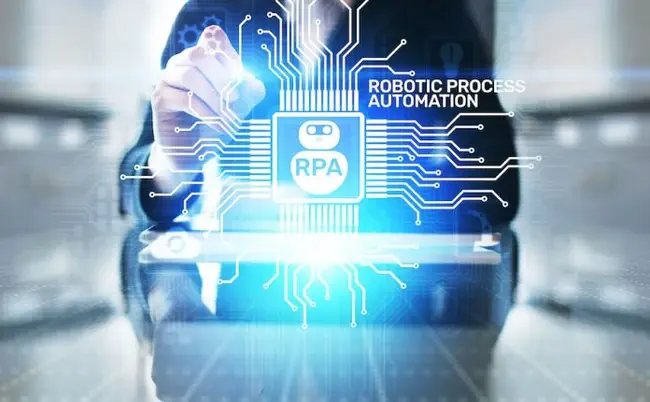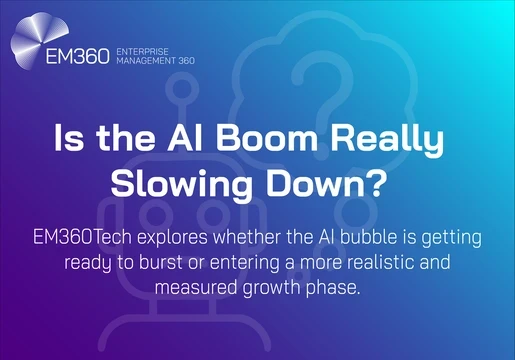This year, Forrester predicts that Robotic Process Automation (RPA) will continue to thrive in the enterprise. However, a report from Redwood Robotics outlines a number of potential complications enterprises may face when implementing RPA.

Why are enterprises implementing RPA?
According to Deloitte’s Global RPA Survey, more companies are now adopting RPA in order to enhance their digital transformation journey. Indeed, the technology promises improved compliance, quality, productivity, and cost reduction. As Forrester notes, artificial intelligence (AI) will completely reshape the future of the digital enterprise. Perhaps most significantly, AI has the ability to take human costs out of repetitive, simple processes through RPA. In addition to this, AI also allows leaders to envision new ways of organising and governing work within an organisation. Nevertheless, Forrester insists that companies require expertise in order to reap the benefits of AI.
Potential challenges
Today, many RPA vendors use automation functionality that ultimately relies on a user interface (UI). In effect, the robot mimics the way in which a human would usually complete a process within a system. The automation technology reads the UI architecture and subsequently determines the specific unique identifiers for field or buttons required to complete a task. However, Redwood Robotics observes that all RPA deployments that use this kind of screen automation also risk malfunction whenever the UI changes during updates and upgrades. Major applications have frequent update schedules (annual or semi-annual), and infrequent upgrade schedules (every 5-10 years). However, these changes have a significant impact on processes automated with screen automation technology. Indeed, most often require the redevelopment of each process, identifying changes to the application UI, and repointing the robot to the updated objects in the new UI. Before moving into production, organisations must also retest and validate changed process with end users after redevelopment.
Resistance to change
In order to avoid these issues, Redwood Robotics has developed automation technology that are effectively resilient to change. These solutions interact with systems directly – without using the UI. Redwood uses a type of connection that is resilient to system updates. The solution leverages backwards compatibility in all possible instances, therefore maximising the length of time that the automation works as it should. With Redwood, automated processes persist through application and operating system updates and upgrades. In turn, enterprises can focus on strategic automation success rather than keeping up with UI updates.
How can AI prevent security threats? Jen Stirrup, Director at Data Relish, spoke with Brian Robison, Chief Evangelist at Cylance, in the latest episode of Data Transforming Business







Comments ( 0 )